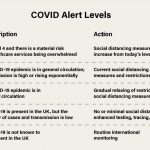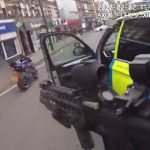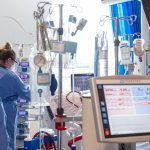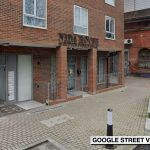High priority patients had to wait up to three hours to be taken to hospital after the Manchester Arena bombing, the public inquiry into the attack has heard.
Paramedics did not start treating the most seriously injured for 46 minutes because they were sent to a rendezvous point a mile from the arena, the hearing was told.
Police officers were “crying out” for paramedics and ended up carrying the injured down to the Victoria Station concourse on makeshift stretchers made from advertising hoardings and crowd control barriers.
The casualties were treated on the boards they had been brought down on, and triaged into P1, meaning they had life-threatening injuries and required urgent hospital treatment; P2, meaning they were seriously injured and could become a P1; and P3, the walking wounded.
Edward Tunn, associate medical director for the ambulance service, arrived at Victoria Station at 12.07am on the night of 22 May 2017, one hour and 36 minutes after the explosion, with his son Joseph, an off-duty paramedic.
Sophie Cartwright, for the inquiry, asked: “Some priority one (P1) patients were there for up to three hours. Can you assist us as to what was happening on the ground and why it appears that there was a lengthy period of time before dispatch of patients to hospital?”
Mr Tunn told the inquiry: “It’s entirely logistics and managing flow. Three hours is a long time, a very long time, and for an individual patient it’s not something I would want.”
As they waited for ambulances, “most” of the patients who were P2, had become P1, Joanne Hedges, a senior paramedic, told the inquiry.
But Mr Tunn explained that when the bomb went off, there were seven ambulances spare out of 76 across the Greater Manchester area and the rest had to finish helping the patients they were with.
“There’s a short list of available ambulances and a very long list of not available because they’re with other patients,” he said.
The first ambulances to arrive were left as “shells” because their crews went in to help the wounded and they had to wait for a second set of vehicles to be called it.
Ms Cartwright said that information suggested that some of the ambulances had done other trips to hospital with the walking wounded.
Between 11.07pm and 11.42pm, 38 patients were carried by police officers and first aid staff from the City Room foyer, where the bomb had gone off, to the Victoria Station concourse, where they were treated.
However, 59 patients in all were taken to hospital, and many of the remainder were walking wounded, the inquiry was told.
Among the staff to respond to the explosion were young off-duty doctors who turned up to the scene “good Samaritan style,” Mr Tunn said.
He paired the less experienced with those who knew more and got them to help treat the casualties, he said.
The inquiry continues.






















